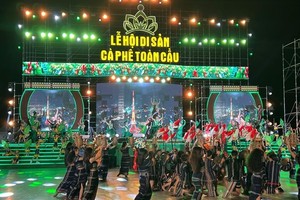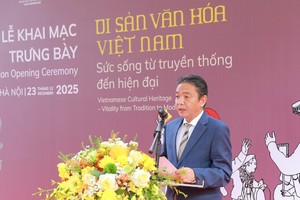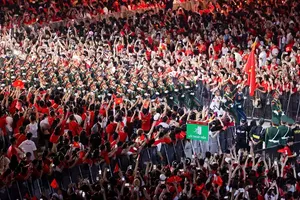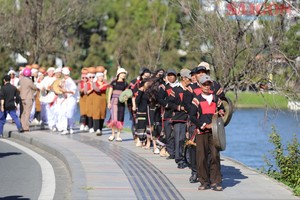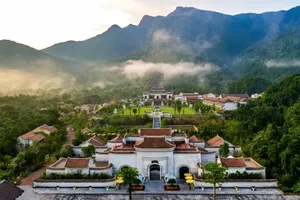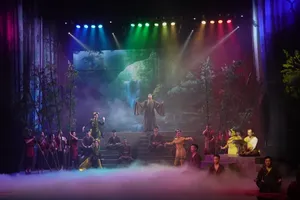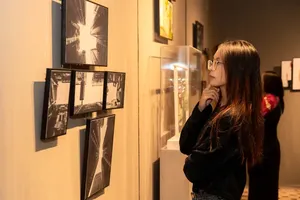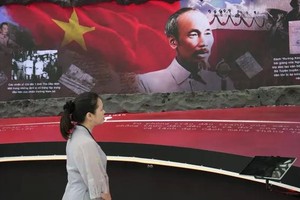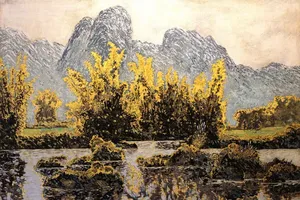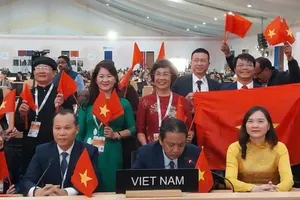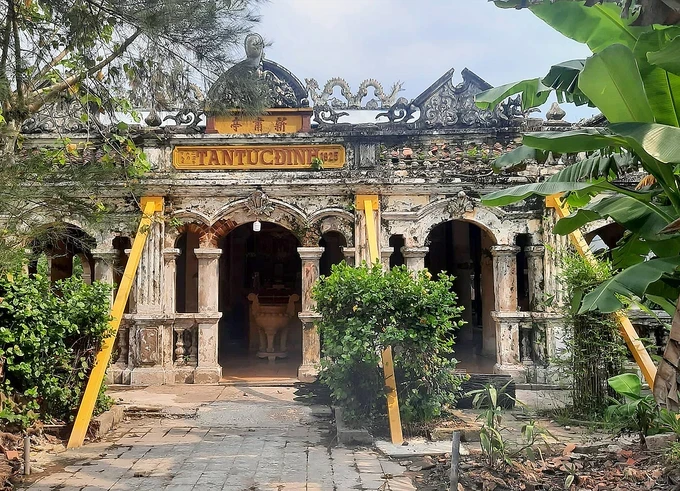
In the current context of international exchange and integration, cultural tourism represents a crucial strategic component in economic development policies.
At the formal discussion “HCMC Cultural Heritage Tourism linked to Promoting Village Temple Heritage Values,” jointly organized by the HCMC Cultural Heritage Association and Saigon Tourism College on November 6, participants unanimously agreed that the city's indigenous cultural knowledge represents the optimal resource for developing cultural tourism, functioning as the soul of cultural tourism development and contributing to the city's socio-economic advancement.
HCMC currently boasts 188 classified heritage sites, including 2 special national monuments, 58 national-level heritage sites, and 128 city-level monuments. The city also possesses over 200 tangible cultural resources and more than 100 artificial resources, including museums and revolutionary relics, offering numerous attractions for tourists.
Standing Vice President Phan Buu Toan of Saigon Tourism College stressed that HCMC is a convergence of rich and diverse cultural values, where the ancient system of communal temples serves as historical witnesses, preserving cultural values from the past for the present and future.
However, he presented the fact that except for Binh Thuy Village Temple in Can Tho City, which has been effectively developed for tourism and is consistently included in tour itineraries, other localities, such as HCMC with nearly 300 communal temples, are completely absent from fixed tours of village temples.
Participants in the formal discussion above raised the issue that given their unique architecture and cultural value, Ho Chi Minh City's communal temples should have become attractive destinations for tourists seeking a deeper understanding of the city's traditional culture.
Sadly, while pagodas and churches have become familiar attractions in city tours, village temples, with their rich cultural and historical values, have not been integrated into these programs.
This proves that while cultural heritage tourism facilitates cultural exchange and interaction between domestic and international tourists and city residents, the exploitation and promotion of heritage sites in HCMC still face numerous challenges and limitations.
Many temples in HCMC have deteriorated over the years, including Tan Quy Dong Temple (District 7), Tan Hoi Temple (District 12), Tan Tuc Temple, and Phu Lac Temple (Binh Chanh District), presenting obstacles for tourism companies seeking to utilize these sites.
Head Truong Thi Anh My of the Domestic Guide Department at Saigontourist Travel Service Co. explained: “To incorporate village temples into fixed tours for visitors to HCMC, beyond cultural elements, other infrastructural foundations such as parking facilities, restrooms, and reception areas are necessary to accommodate large tour groups. Temples also require professional guide teams with compelling stories related to the temple to share with visitors. Merely presenting information in a conventional manner fails to spark visitor interest and cannot maintain long-term appeal.”
Another significant challenge in incorporating HCMC's village temples into tours lies in creating distinctive communities around the temples.
“In many countries worldwide, cultural tours might feature just one small temple, but it's surrounded by an entire village and community preserving centuries-old lifestyles and customs. Visitors don't just tour the temple; they experience local life and purchase distinctive local tourism products. That's how we can attract visitors and encourage return visits," expressed Deputy Director Nguyen Thi Truc Mai of Intertravel Tourism Co.
Chairwoman Le Tu Cam of the HCMC Cultural Heritage Association commented that in the coming period, her organization will collaborate with the HCMC Department of Culture and Sports to organize Southern ceremonial music training at temples, as HCMC belongs to the Southern region, and heritage preservation must align with the heritage's original foundations.
Southern village temples must maintain distinctive Southern architectural features as well as ceremonial music in order to create differentiation and leave impressions on visitors, providing guides with compelling stories to share with tourists.

